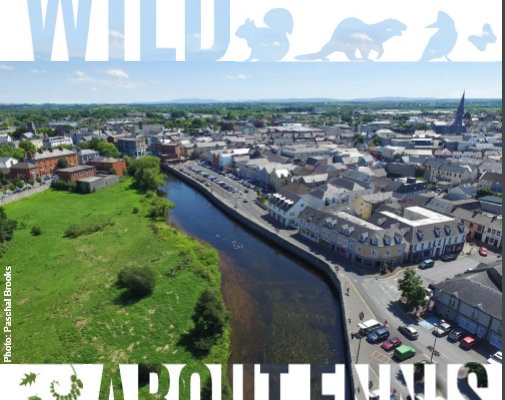October is a great time of year. It’s just chilly enough to dig out all your fashionable woollen accessories, you have an excuse to drink tea non-stop and there are heavy, soothing rainstorms on the roof as you fall asleep.
Even better, the natural world is still extremely active. When you think of pollinators, autumn is likely not the first season that comes to mind. However there are many small things that can be done now that make a massive difference to the early queen bees, butterflies and moths that emerge in the spring.
-
Consider Garden Style
Ornamental plant styles such as double petals are often very poor in nectar. However recently there has been a move towards more country cottage styles of garden. Local wildflowers are often more likely to thrive in a garden as they are adapted to the soil and climate of the area. In addition, native pollinators are often adapted to them.
- Connector.
Plant for Year-Round Blooms
Autumn is an excellent time of year to plan a sowing and blooming schedule, so as to ensure a steady supply of colour, fragrance and nectar in the garden. Bulbs for early spring flowers such as crocus, snowdrops and bluebells can all be planted in autumn. These early food sources are essential for the survival of emerging queen bees. Sweetpea planted now blooms in May-June and sunflowers can take over in the late summer. Plant blocks of each flower to be particularly attractive to bees.
- Connector.
Consider Flower Shape
Just like humans, pollinators come in all sizes and shapes. A statuesque bumblebee cannot squeeze into narrow, tubular flowers. But a wide open flower such as a daisy will suit her nicely. Flower shape is also important in other ways. Spring and summer in Ireland are known for heavy downpours- these sudden rains can dilute the nectar in an upturned flower. But downturned flowers such as fushia and bluebells are protected from this flooding.
- Connector.
Herbs and Vegetables
There are only good things to be said for the recent popularity of growing your own vegetables and herbs. As well as having food straight to table, the flowers of these plants are a delight for pollinators. In return they will pollinate your garden for you, a beneficial relationship for all.
- Connector.
Consider The Water Supply
All bees need easy access to clean drinking water. This runs true for other insects such as butterflies and moths. Fortunately a watering area is easy to design- a shallow bowl filled with pebbles. But remember the pebbles! Otherwise a thirsty bee might fall in and be unable to escape. These watering areas will often attract other animals such as garden birds.
- Connector.
Avoid Pesticides
While it is massively frustrating to see holes appearing in your precious plants, pesticides annihilate everything they come into contact with. Fortunately when a garden attracts a variety of wildlife the predators are likely to arrive too, including small birds, spiders, ladybirds and other carnivorous insects. You can also practice companion planting: many herbs such as fennel and lavender prove attractive to bees while repelling common garden pests. Plant patches of these among the flowers for maximum effect.
- Connector.
Consider Weeds
Dandelions are an excellent early spring source of nectar and will pop up in most areas of unattended soil. Nettles are important food plant for the larvae of many species of butterfly and moth, as well as providing areas for the insects to rest and sun themselves. In addition, many of the plants that come up naturally from an uncut lawn can be of great interest to pollinators. Leaving an area untrimmed is a great way to see what is already present in the garden.
- Connector.
Be Creative
The vertical surfaces of hedgerows and fences may not seem like a good area for flowers, but there are many climbing plants out there such as colourful nastertiums and fragrant sweet pea. It is also worth remembering moths. Often forgotten due to their mostly nocturnal habits, they are an important part of the pollinator night shift and favour pale flowers with strong scents.
-
Consider Toxicity
As with all things, it is important to investigate anything you plant- or anything already present in your garden- for toxic effects. Be aware of invasive species- avoid those known to escape their bounds and push out local wildflowers.
The take away message is this: Plant whenever and whatever you can now to provide those essential spring blooms. With the increasing sterility of the countryside gardens are becoming especially important as a food source. A garden oasis can prove life-saving to the insect pollinators and the other wildlife that may follow them.





